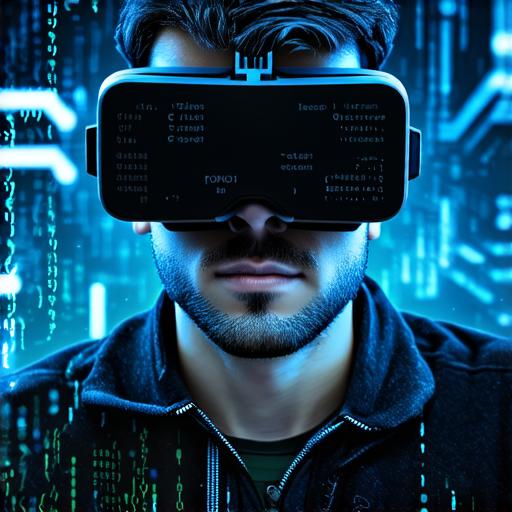
What are the responsibilities of a virtual reality developer?
Virtual reality (VR) technology is rapidly advancing, and there’s a growing demand for developers who can create immersive and interactive experiences.
As a virtual reality developer, you have a unique set of responsibilities that require technical skills, creativity, and an understanding of user experience. In this article, we’ll explore the key responsibilities of a virtual reality developer and how to excel in this exciting field.
1. Designing Immersive Experiences
Virtual reality development involves creating experiences that transport users into different worlds and environments. Your job is to design an engaging and interactive environment that immerses users and keeps them engaged for the duration of the experience. To do this, you’ll need to have a deep understanding of user behavior and how to create compelling narratives.
One way to achieve this is through storytelling. By creating a narrative that guides users through the experience, you can create an emotional connection with the user that keeps them engaged.
2. Creating 3D Models and Environments
As a virtual reality developer, you’ll need to have strong skills in creating 3D models and environments. This involves designing and modeling 3D objects, textures, and lighting that bring the experience to life. You’ll also need to optimize these assets for performance, ensuring they load quickly and run smoothly on different devices.
One example of this is the creation of virtual environments for training purposes. For instance, medical students can use virtual reality simulations to practice surgical procedures in a safe and controlled environment. By creating realistic 3D models of organs and tools, you can provide a more immersive and effective learning experience.
3. Developing Interactions and Controls
Virtual reality development also involves developing interactions and controls that allow users to interact with the environment. This includes designing intuitive and easy-to-use controllers, as well as creating interactive objects and elements within the environment.
One example of this is the development of virtual reality games. By designing controllers that allow players to move and interact with objects in the game world, you can create a more immersive and engaging experience. For instance, a first-person shooter might use handheld controllers to simulate the feel of holding a weapon and aiming at targets.
4. Testing and Debugging

As with any software development project, testing and debugging are critical components of virtual reality development. You’ll need to test your code for bugs and performance issues, as well as ensure that the experience is optimized for different devices and platforms.
One example of this is the testing of virtual reality simulations in healthcare settings. By testing the simulation for accuracy and effectiveness, you can ensure that medical professionals are receiving the best possible training.
5. Collaborating with Teams
Virtual reality development often involves working with a team of designers, developers, and other stakeholders. This requires strong communication skills and the ability to collaborate effectively with others. You’ll need to work closely with artists and designers to create assets that are both visually appealing and optimized for performance. You’ll also need to communicate effectively with project managers and other stakeholders to ensure that the project stays on track.
One example of this is the development of virtual reality experiences for educational purposes. By working closely with subject matter experts, you can create a more accurate and engaging learning experience.
Conclusion
Virtual reality development is a rapidly growing field that requires a unique set of skills and responsibilities. As a virtual reality developer, you’ll need to have a deep understanding of user behavior, creativity, and technical skills. By designing immersive experiences, creating 3D models and environments, developing interactions and controls, testing and debugging, and collaborating with teams, you can excel in this exciting field.


